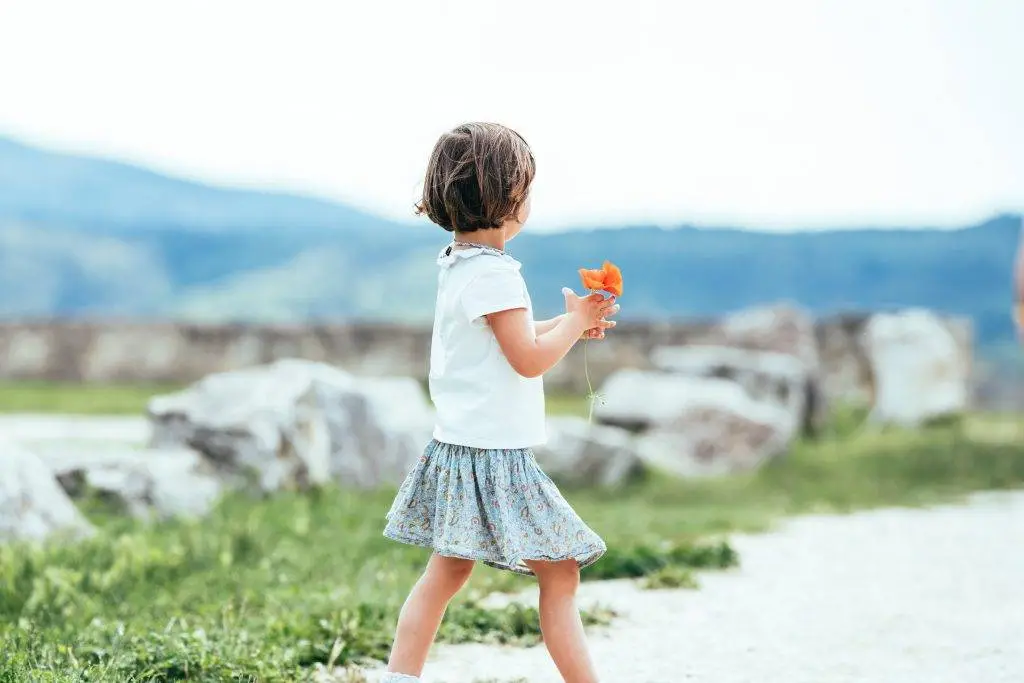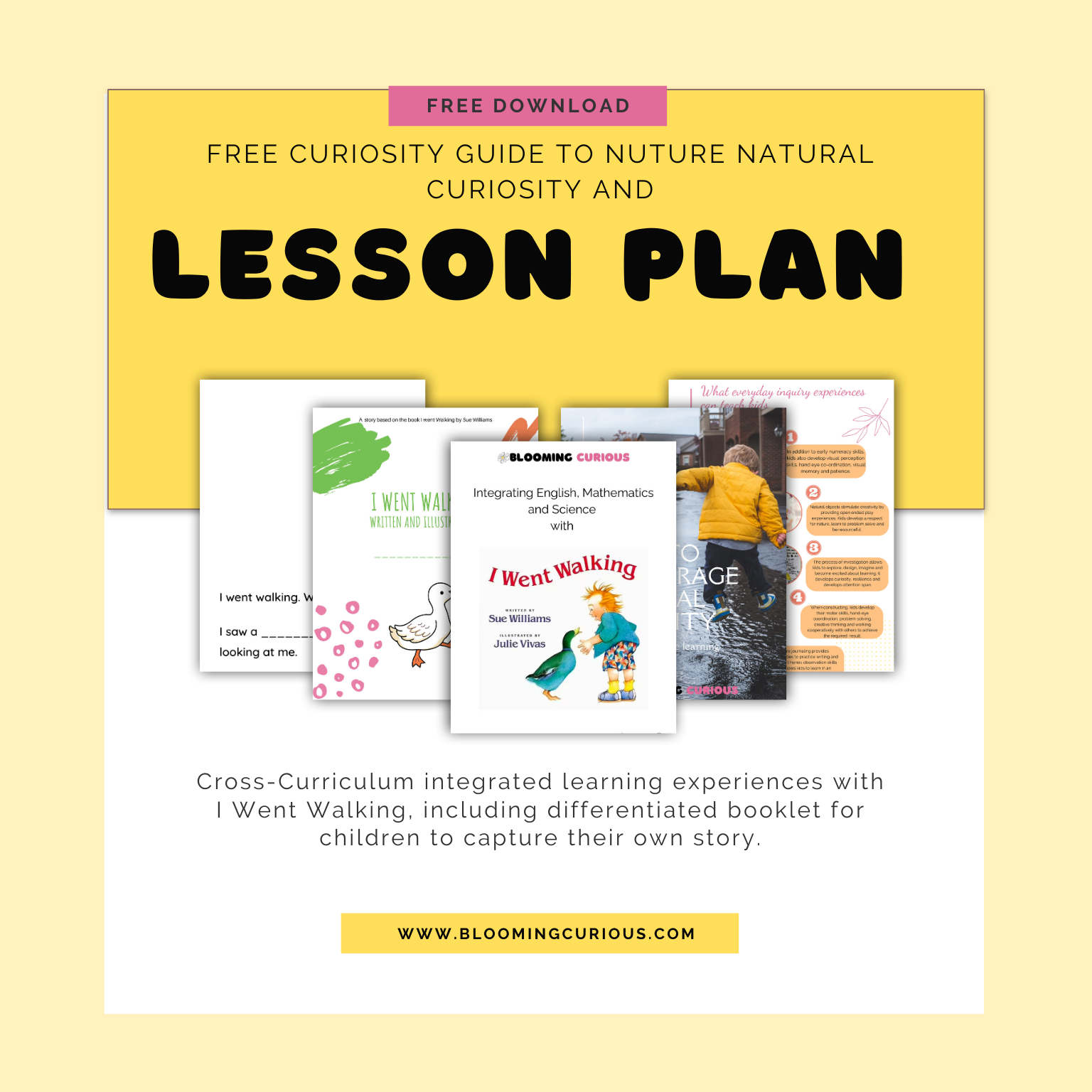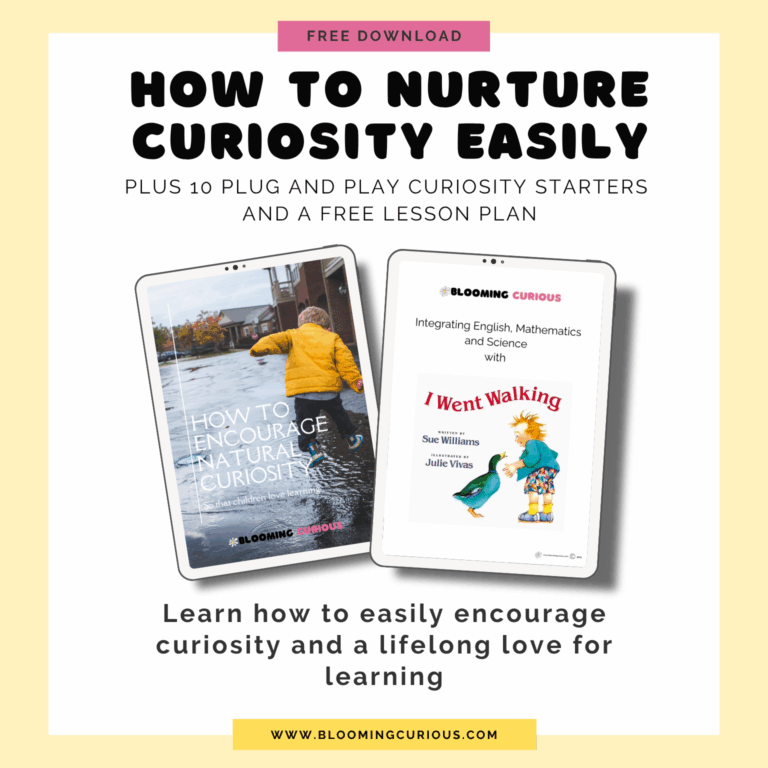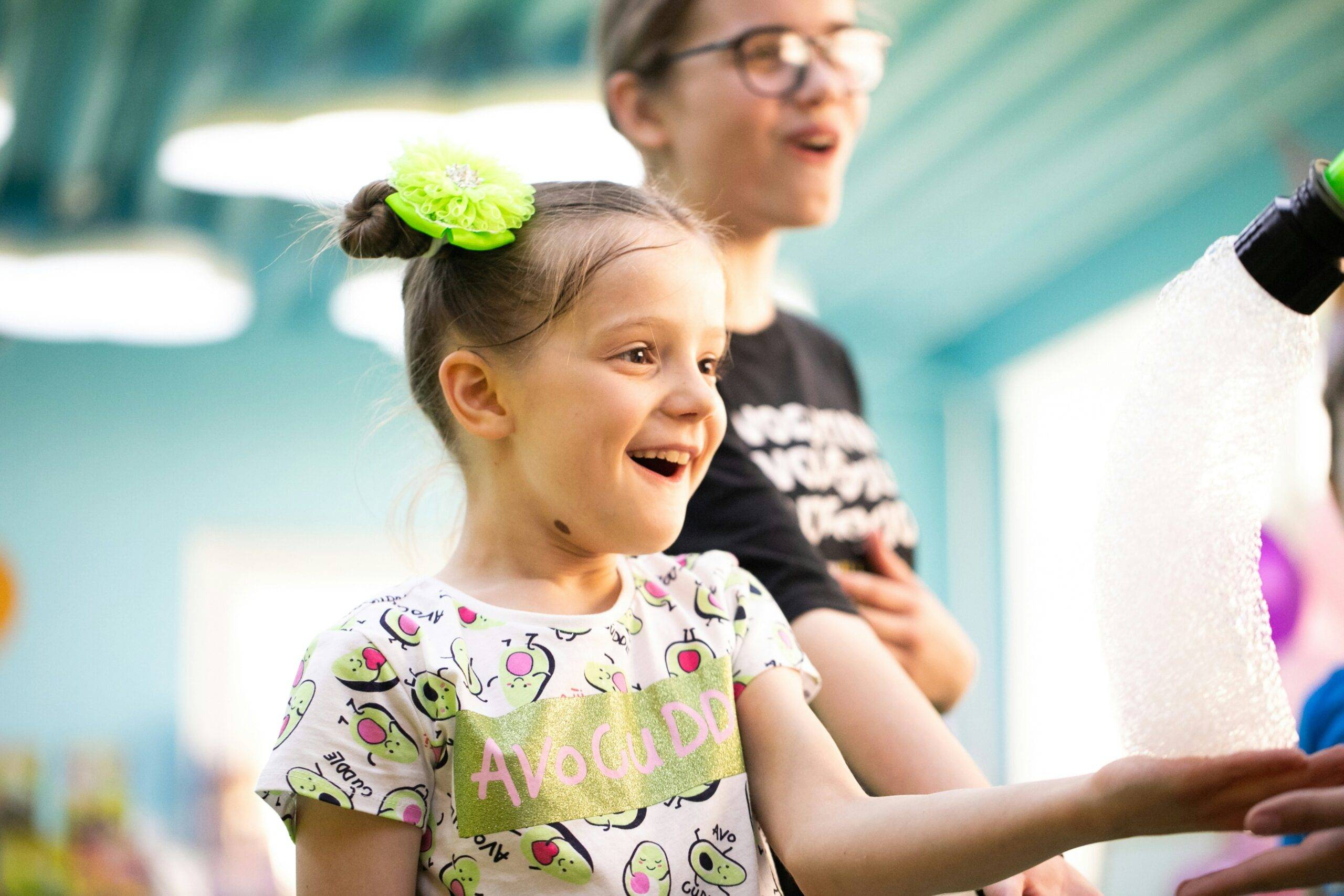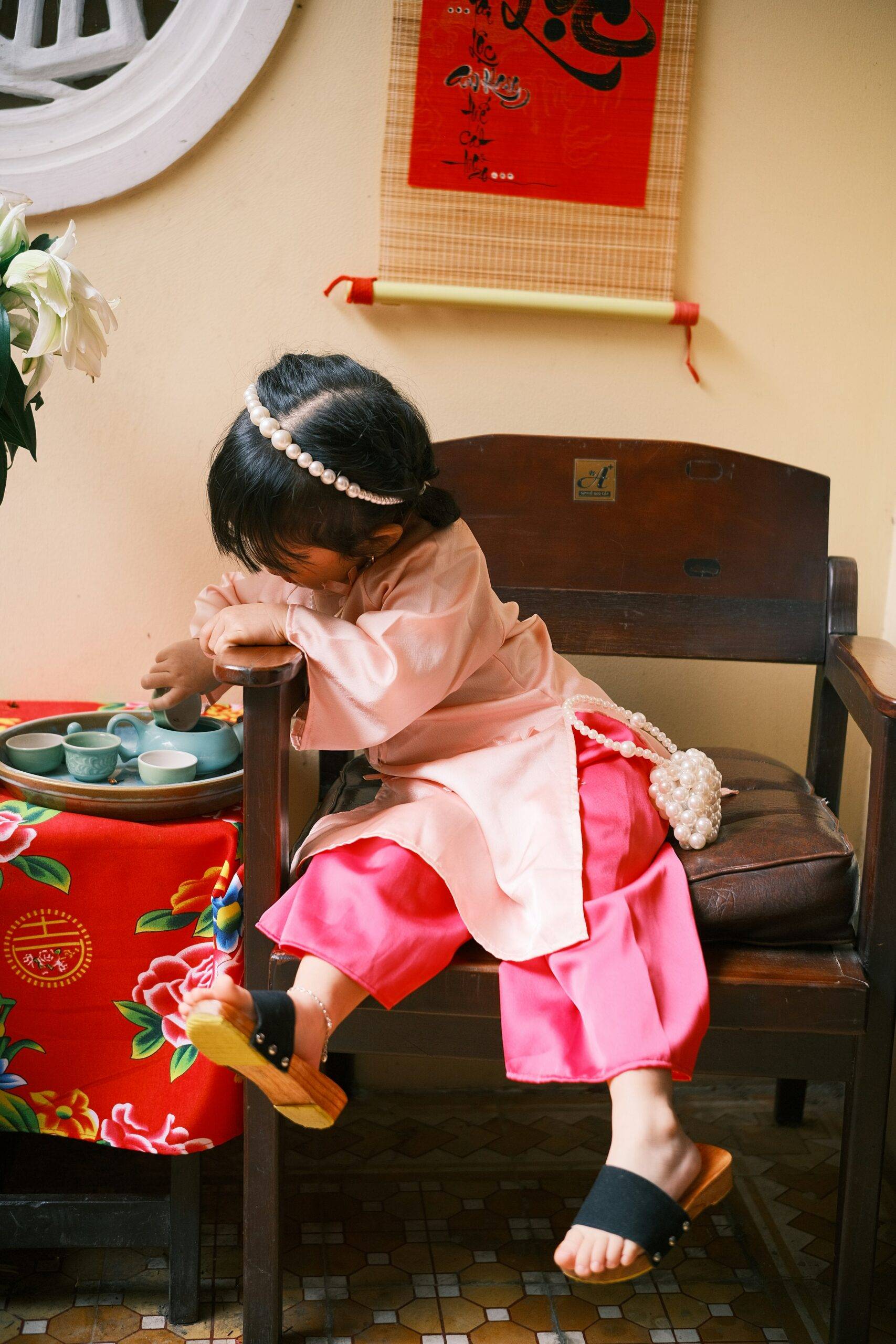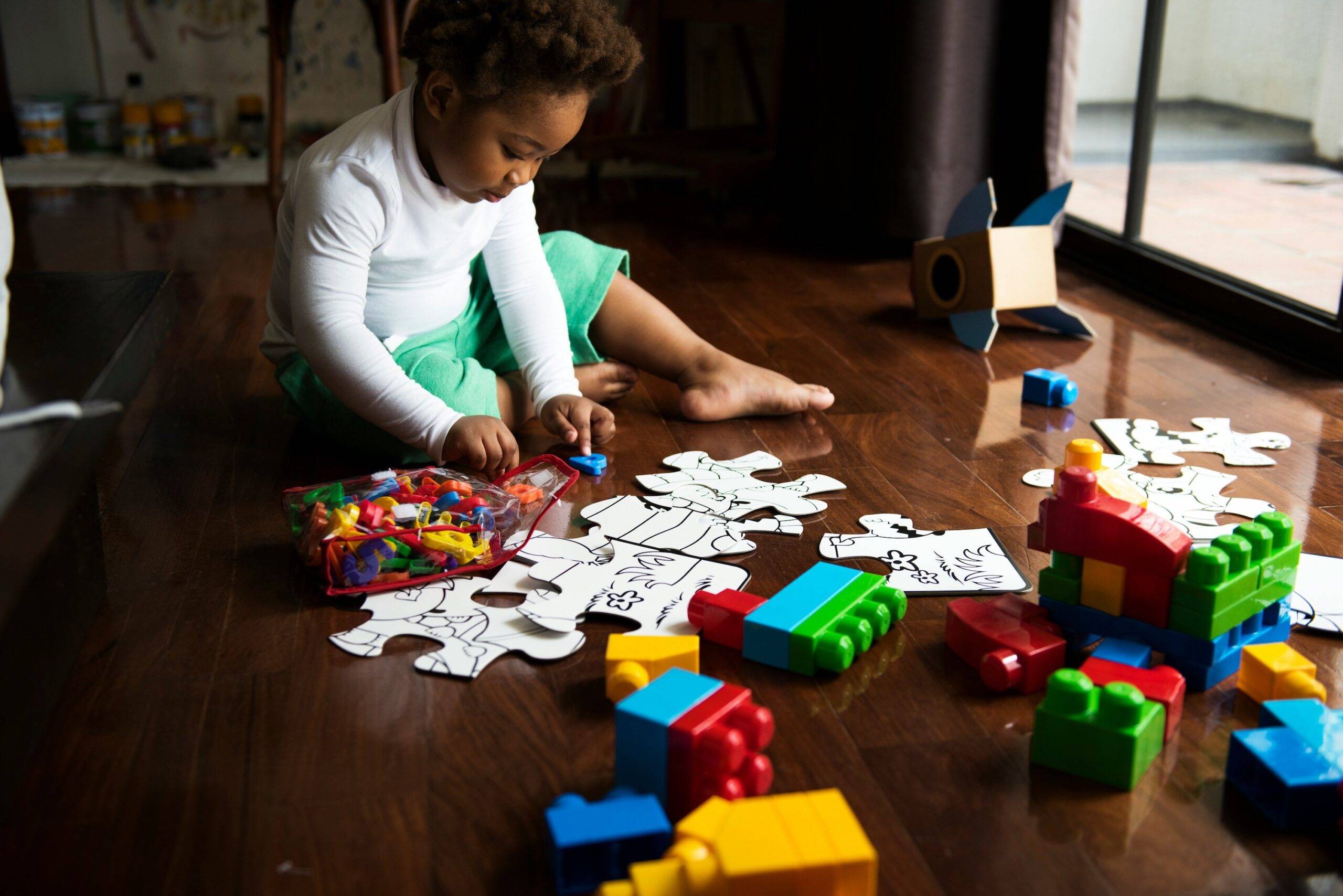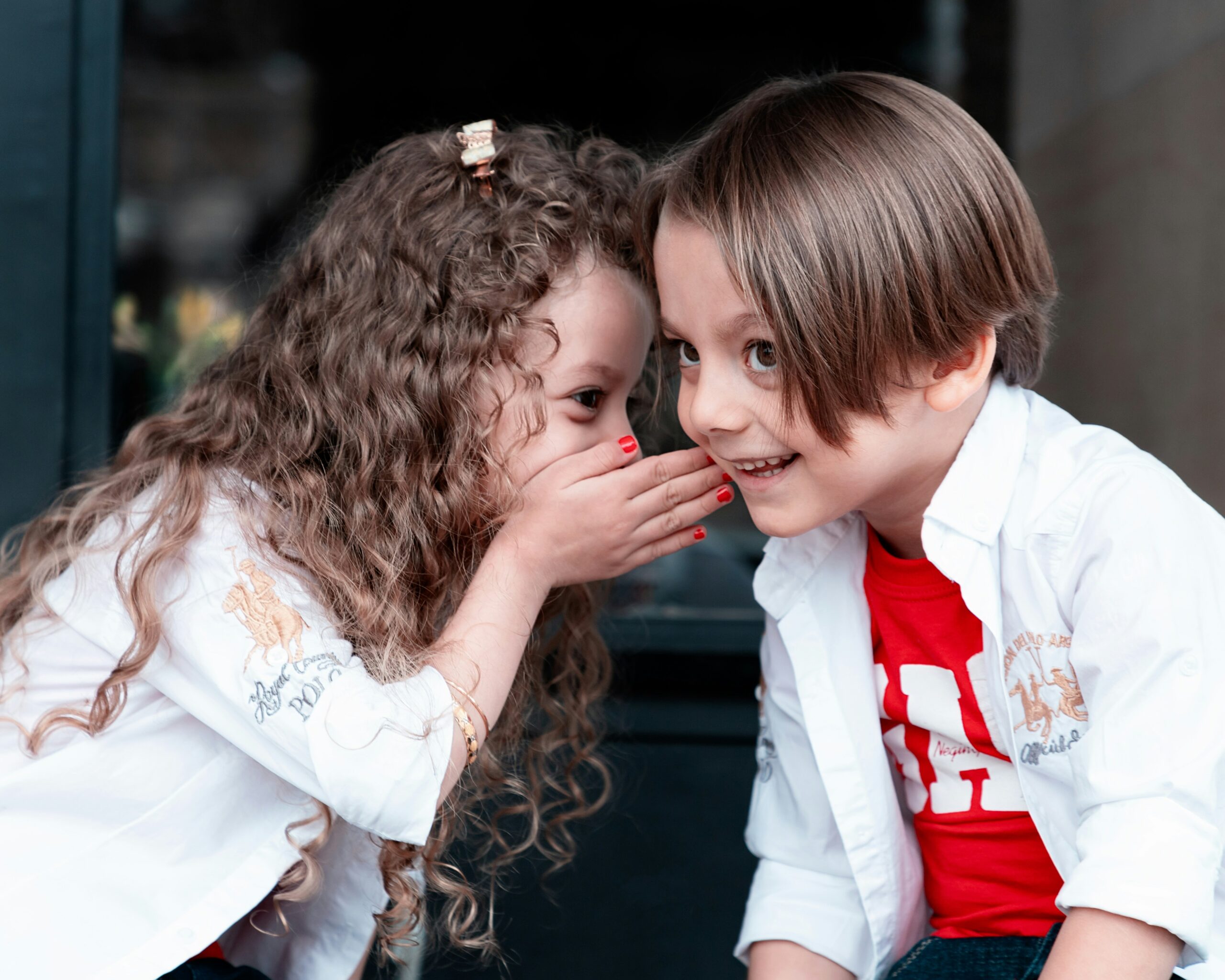Some of the links below may be affiliate links. This means that, at zero cost to you, I will earn an affiliate commission if you click through the link and finalise a purchase. All product recommendations are products that I have used and loved, or products that I would recommend based on experience.
I went Walking by Sue Williams is a simple little book for early learners, that offers educators an opportunity to integrate several parts of the curriculum through a variety of fun learning activities
How to plan for integrated learning activities using I Went Walking
This picture book can be used in a variety of ways to engage children in learning and may be especially useful before going on an excursion to a farm or zoo, or anywhere where children are bound to see a variety of animals.
You could even set up your own farm, or zoo or natural environment with elements from nature and some high-quality plastic or wooden animals.
Alternatively, read the book before going on a walk around your school yard, local park or neighbourhood for children to practice their observation skills and take note of what they see or discover on the walk. It doesn’t have to be animals it can be anything. A green leaf, a white car, a yellow bucket, a brown gum nut, anything!
7 Integrated learning activities for I Went Walking
1. Integrate inquiry-based learning
Since the book focuses on animals that the character encounters, this would be a natural choice for an inquiry project. Once the children have written their own little picture story, they can then choose an animal to learn more about. Check out this blog post and download my free template for a guided inquiry project on an animal of the child’s choice.
After reading books and perhaps looking at on-line sites like National Geographic Kids, children can use the template to gather information on their inquiry animal.
Depending on the age of the child and the skills you are teaching, the project can take a variety of forms.
Younger children might just draw their animal and then tell you the facts they have learnt for you to scribe, or perhaps they are beginning writers and are having a go at writing themselves, practising their sounding out and phonic skills.
Older or more capable children at around Year 1 or Year 2 will be capable of writing simple reports, creating informational brochures, posters or even creating movies or PowerPoint presentations. Yes, NEVER underestimate a child’s ability. Many of my Year 2 students have created incredible presentations using technology as well as fabulous artistic creations.
2. Integrate 3D art by creating animal sculptures
This is another favourite activity of children! Give them a variety of materials to create their inquiry animal in 3D. You can use air dry clay, recycled materials, like plastic bottles, toilet roll tubes, tissue boxes, paper plates and even bits of fabric.
This task is great for critical thinking and problem solving. They must figure out which materials would be best suited, how to attach the different parts of the animal and how to get the structure to stand.
This is not a time to build the structure for the child, but to allow the child to figure things out for themselves. They need to come up with possible solutions to their problems. As the teacher and facilitator of learning, your only job is to guide and prompt thinking. Ask open questions to get those problem-solving juices flowing: “What do you think you could use to make it stand?” “What if you…..?” “What do you think is the best way to…?” Download my free e-guide which includes a list of questions to provoke curiosity and wonder.
And remember DO NOT fix their work even if it’s a mess! It’s the process that matters not the end product! You want to praise their thinking and efforts, not how pretty it looks! The only message we send to kids when we fix things for them is that their efforts are not good enough and that we are better than them. This is not conducive to learning and risk taking which is what we want.
3. Integrate 2D art with paper collage
Learn about the artist Henri Matisse and how he created art using pieces of coloured paper. Or learn about Eric Carle and his illustrations. Check out https://www.youtube.com/watch?v=2XcVmNt-vEw or https://www.youtube.com/watch?v=8Df7WKn7v4Q and here is an example of how I integrated inquiry, writing and art to meet three different curriculum outcomes in English, Art and Science and in addition children learnt inquiry and investigation skills.
4. Integrate learning of high frequency words
I Went Walking also gives young children who are starting to read an opportunity to practice high frequency words. The repetition on the pages helps to create that automaticity that is so important for recalling high frequency words. You can write the words onto individual pieces of paper or card and use them as flash cards to practise recognising recognising them. High frequency words (sometimes people refer to them as sight words), are those words that occur most frequently in texts, and generally cannot or should not be sounded out. Kids should just be able to recognise them.
5. Integrate grammar and sentence construction
Write the whole sentence out, with each word on a different card. The child should then organise the words into a sentence. This skill is obviously one for children that are already able to read and can recognise words. It’s a great exercise in correct sentence construction and learning that a sentence starts with a capital letter and ends with a full stop (don’t forget about the full stop on a card!).
6. Integrate phonological awareness with rhyme
Being able to recognise rhyming words and the individual sound in words is the basic level of phonemic awareness in children. Children who can recognise rhyme, learn that words are made up of different sounds and this is an important precursor to reading and writing. Rhyme is all about HEARING the sounds in words. Reading limericks and rhyming poems and stories with rhyming words are important for developing strong phonological awareness in children. You can also give a word and get the child to respond with a rhyming word. It doesn’t matter if it doesn’t make sense, it’s just about the rhyming sound.
You say, “Dog”
Child responds with, “Frog”
7. Integrate performing arts with Drama
Children love pretend play. Why not re-create the book as a play or skit? Get some animal costumes or even better make them with recycled materials and fabric or make some animal masks. A great activity for developing confidence and resilience.
Conclusion
Books and reading are such a great catalyst for sparking curiosity and fun in children’s learning. As you can see there are a great number of activities you can do with a simple picture book to spark curiosity and engage children in fun learning activities while simultaneously meeting a number of different curriculum outcomes.
You can buy I went Walking here.
Use my free template and learning activity by clicking on the image below.
If you have found this post informative or interesting, please share it using the share buttons below, and subscribe to Get Curious below, my weekly inspirational newsletter for curious educators!
